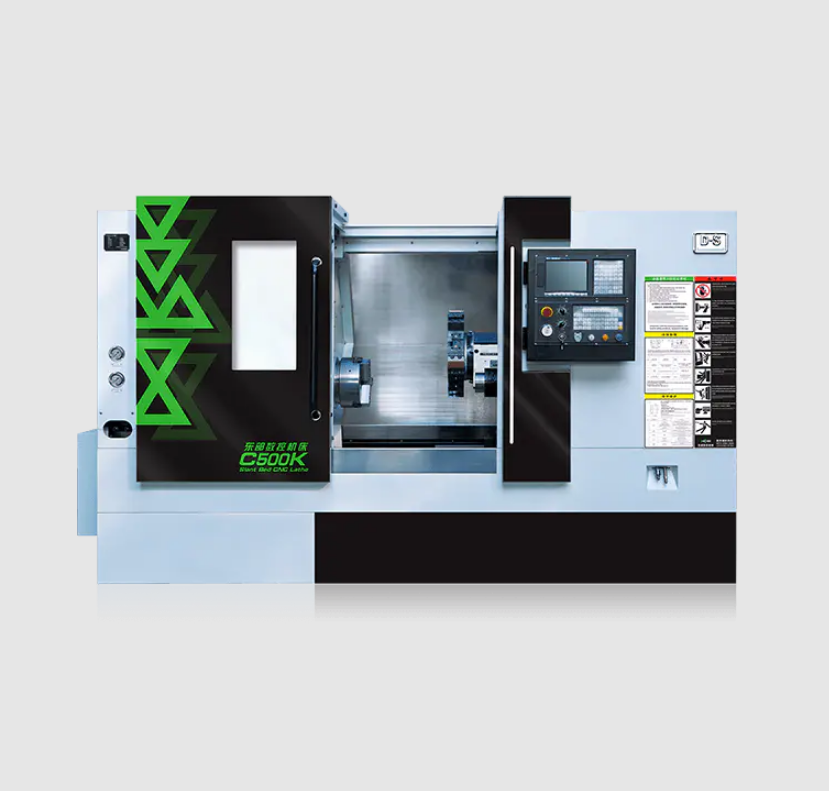Basic Guide to Horizontal CNC Lathe Capabilities and Setup

A horizontal CNC lathe is a computer-controlled machine tool designed for precision turning tasks. This type of lathe operates with a spindle mounted horizontally, allowing the workpiece to rotate while the cutting tools remove material in a controlled manner. It is widely used in machining industries where consistent dimensions and smooth surface finishes are required.
The design of a horizontal CNC lathe supports a broad range of cylindrical components such as shafts, sleeves, and bushings. It typically includes a bed, chuck, tailstock, and turret that houses various cutting tools. These tools can be automatically changed during the machining process, contributing to increased efficiency.
Horizontal CNC lathes are capable of executing multiple operations including facing, turning, threading, and boring. Because the machine functions under numerical control, the production process maintains accuracy and repeatability. This makes it suitable for both small and large volume manufacturing.
One of the practical benefits of the horizontal design is the natural removal of chips from the work area due to gravity. This keeps the workspace cleaner and reduces tool wear. Furthermore, the configuration allows for greater stability, especially when machining long or heavy components.
Applications of horizontal CNC lathes span across industries such as automotive, aerospace, energy, and general metal fabrication. Whether producing prototypes or carrying out batch production, this machine plays a significant role in enhancing productivity and quality.
Proper setup, regular maintenance, and skilled operation are important to achieve reliable results with a horizontal CNC lathe.
- Art
- Causes
- Crafts
- Dance
- Drinks
- Film
- Fitness
- Food
- Juegos
- Gardening
- Health
- Inicio
- Literature
- Music
- Networking
- Otro
- Party
- Religion
- Shopping
- Sports
- Theater
- Wellness


